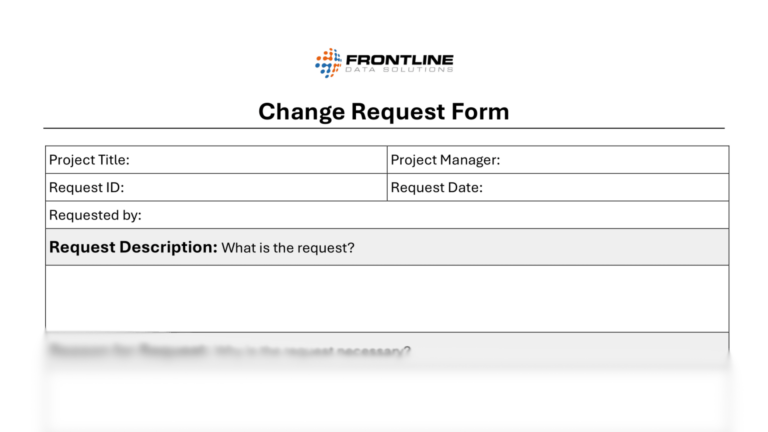An effective change request process will help you prioritize workplace projects and improvement opportunities. By carefully considering ideas before approving them, you can avoid wasting resources.
Whether you’re new to change management or a seasoned veteran, it’s always good to reflect on how you can improve workplace efficiency. Here are some things you should consider when implementing or improving your change request process.
How to collect change requests
You need to have a formal method for workers to submit change requests. Here are a couple of examples of how you can collect them:
- Use a paper change request form and have a physical inbox to submit them.
- Set up an email process for fielding change requests.
- Create a digital form that workers can fill out to request changes.
- Use management of change (MOC) software to oversee and approve requests.
I’d highly recommend a digital method, since you’re less likely to miss or lose requests you receive. Plus, a management of change software option typically organizes all these requests for you, so you don’t have to come up with your own filing solution.
Free form!
Download this free management of change request form so your employees can use it to submit their requests.
How to review requests
Once an employee submits a request for a change, the change management team must review it. The goals of the review process are to:
- Determine how the change will impact the operation.
- Identify any potential health, safety, or security risks of the change.
- Establish the purpose of the change.
- Anticipate negative consequences of implementing the change.
Your change management team should include people from different departments or disciplines. And that’s because you need to consider how the change will affect the entire operation, not just one area.
Some large companies have an entire team dedicated to change management. But in my experience at smaller companies, this usually isn’t an option. Instead, the review team functions more like a committee that deals with each change request that comes through.
How to conclude the change request process
The change request process ends when you formally approve or deny a proposal. If you deny a request, you should immediately mark it as denied and close out the request documentation.
If you approve the change request, it should move on to the next stage of the change management process. This is where you create a plan for implementing the changes and making sure they’re safe and efficient.
When you mark requests as “approved” or “denied” using change management software, they should automatically move onto the next step. If doing this manually, you’ll have to create a process for organizing approved and denied requests separately from each other. You definitely don’t want a dangerous or impractical project to end up in the “approved” pile. As is the same with most project management processes, proper documentation is one of the keys to success.
Frontline MOC for change requests
Watch this free, on-demand webinar on how Frontline MOC makes collecting and reviewing change requests easier!
Tips for managing requests
Overall, the change request process isn’t too complicated. It involves collecting requests, reviewing them, and either approving or denying them. Here are some of my last few tips for effectively managing this process at your company:
- Review new change requests every single week so you don’t end up with a backlog.
- Always keep your change management team fully staffed.
- Develop a detailed change management plan for your site, so the process runs smoothly from start to finish.
- Before rolling out new changes throughout your site/company, complete a thorough final review of them.
- Consider upgrading to change management software if you’re overwhelmed by the number of requests or if the requests are high-risk in nature.
- Keep a detailed record of all change requests, what you found during the review process, and your reasons for granting or rejecting them.
If you adopt even just one of these tips, your change management process will run much smoother. Just make sure you regularly audit your approach so you can always find new ways to improve it.





